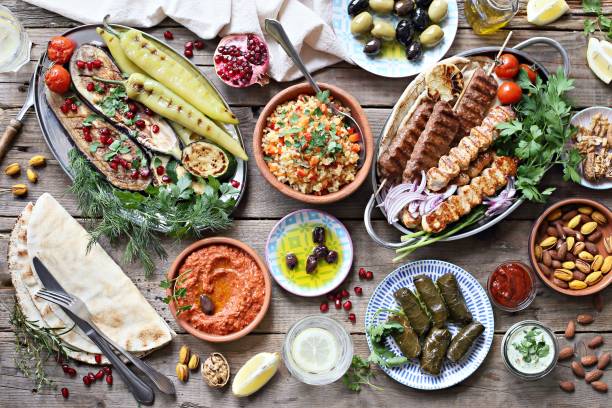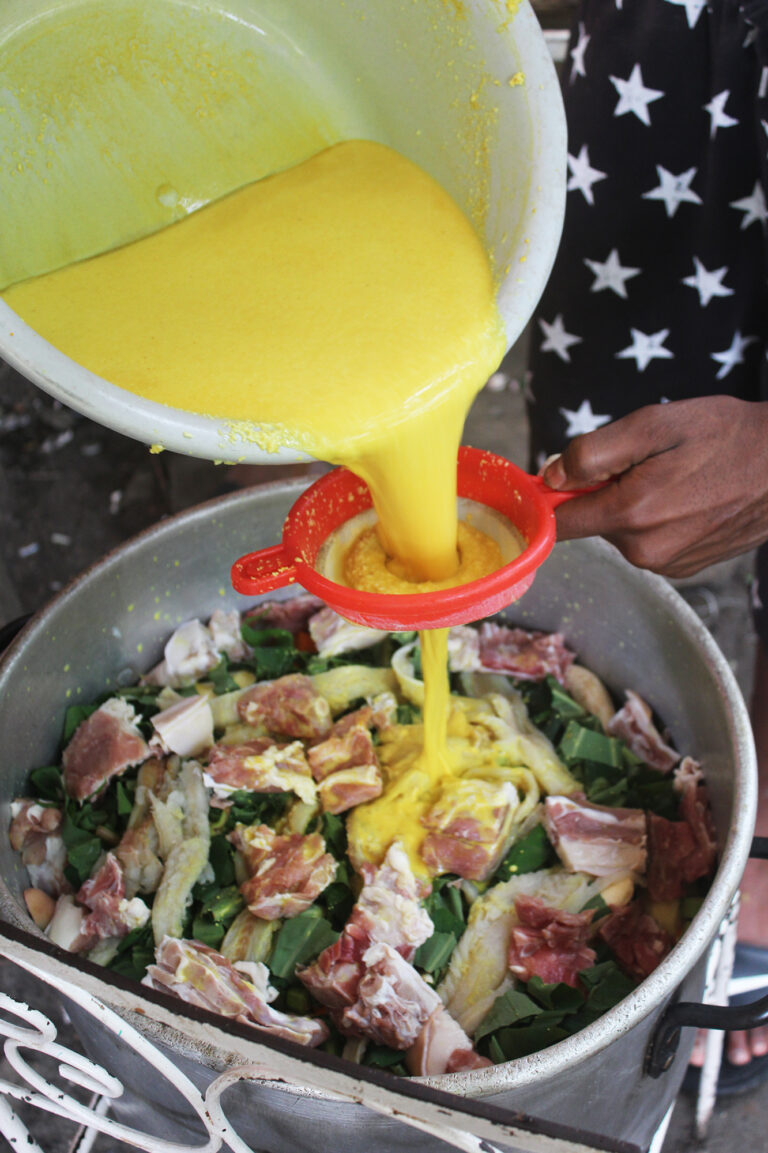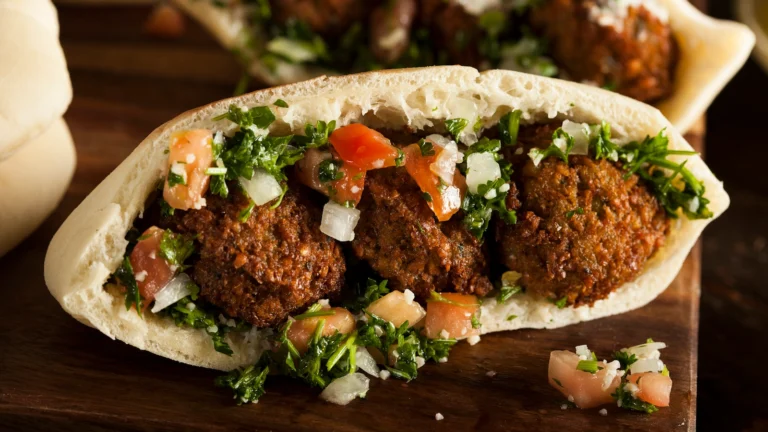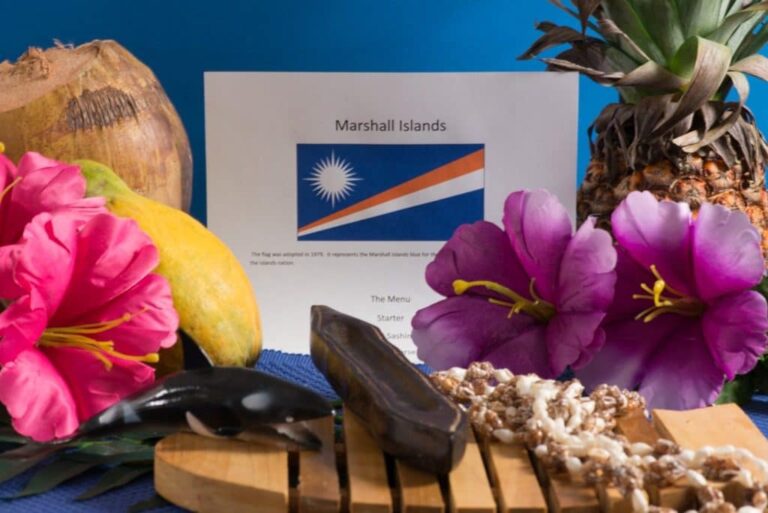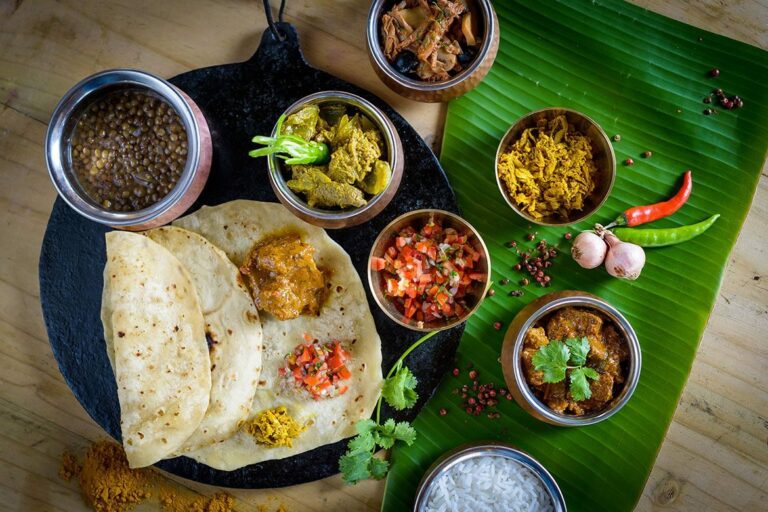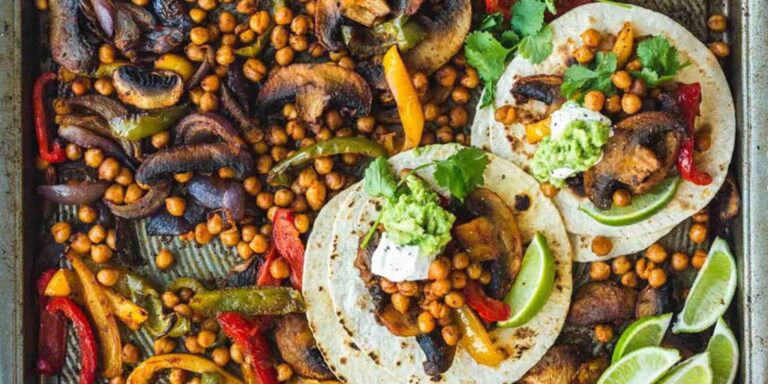Introduction: Understanding Greek Cuisine
Greek cuisine is known for its emphasis on fresh ingredients, simple preparations, and bold flavors. It is a cuisine that has been shaped by centuries of historical and cultural influences, resulting in a unique culinary identity. While many people are familiar with classic Greek dishes such as moussaka and spanakopita, the cuisine is much more diverse than that, featuring a wide variety of regional specialties and local ingredients.
Historical Influences on Greek Cuisine
Greek cuisine has been influenced by a number of different cultures throughout its history. The ancient Greeks, for example, are thought to have been the first to introduce olive oil and grape cultivation to the region. Later, the Byzantine Empire contributed to the development of Greek cuisine by introducing new spices and cooking techniques. During the Middle Ages, the Venetians and Genoese brought new ingredients such as pasta and sugar to Greece.
Mediterranean Influence on Greek Cuisine
As a Mediterranean country, Greece has been heavily influenced by the cuisines of neighboring countries such as Italy, Spain, and Turkey. Shared ingredients such as olives, tomatoes, and lamb are used in both Greek and Mediterranean cooking. Cooking methods such as grilling, roasting, and sautéing are also similar. Greek cuisine also includes a number of dishes that are specifically associated with Mediterranean cuisine, including dolmades (stuffed grape leaves) and tzatziki (yogurt and cucumber dip).
Influence of Ottoman Empire on Greek Cuisine
The Ottoman Empire ruled over Greece for nearly four centuries, from the late 15th to the early 19th century. During this time, the Ottoman Turks introduced a number of new ingredients and cooking techniques to Greek cuisine, including spices such as cinnamon and cloves, and cooking methods such as braising and stewing. The influence of the Ottoman Empire is still evident in many Greek dishes today, such as moussaka, which is thought to have originated in the Ottoman Empire.
Greek Cuisine & European Influence
Greece became a member of the European Union in 1981, and since then, European influence has had an impact on Greek cuisine. European ingredients such as butter, cream, and cheese have become more common in Greek cooking, and dishes such as pastitsio (a baked pasta dish) and bougatsa (a pastry filled with cheese or cream) have become popular. European cooking techniques such as baking and pastry making have also been incorporated into Greek cuisine.
Modern Greek Cuisine & Globalization
In recent years, Greek cuisine has become increasingly globalized, with a growing interest in Greek food outside of Greece. As a result, modern Greek cuisine has become more diverse and innovative, incorporating elements from other global cuisines. For example, contemporary Greek chefs may use Asian ingredients such as soy sauce and wasabi in their dishes. Greek street food, such as gyros and souvlaki, has also become popular in many countries around the world. Despite these changes, however, Greek cuisine remains deeply rooted in tradition and history, reflecting the country’s rich cultural heritage.

